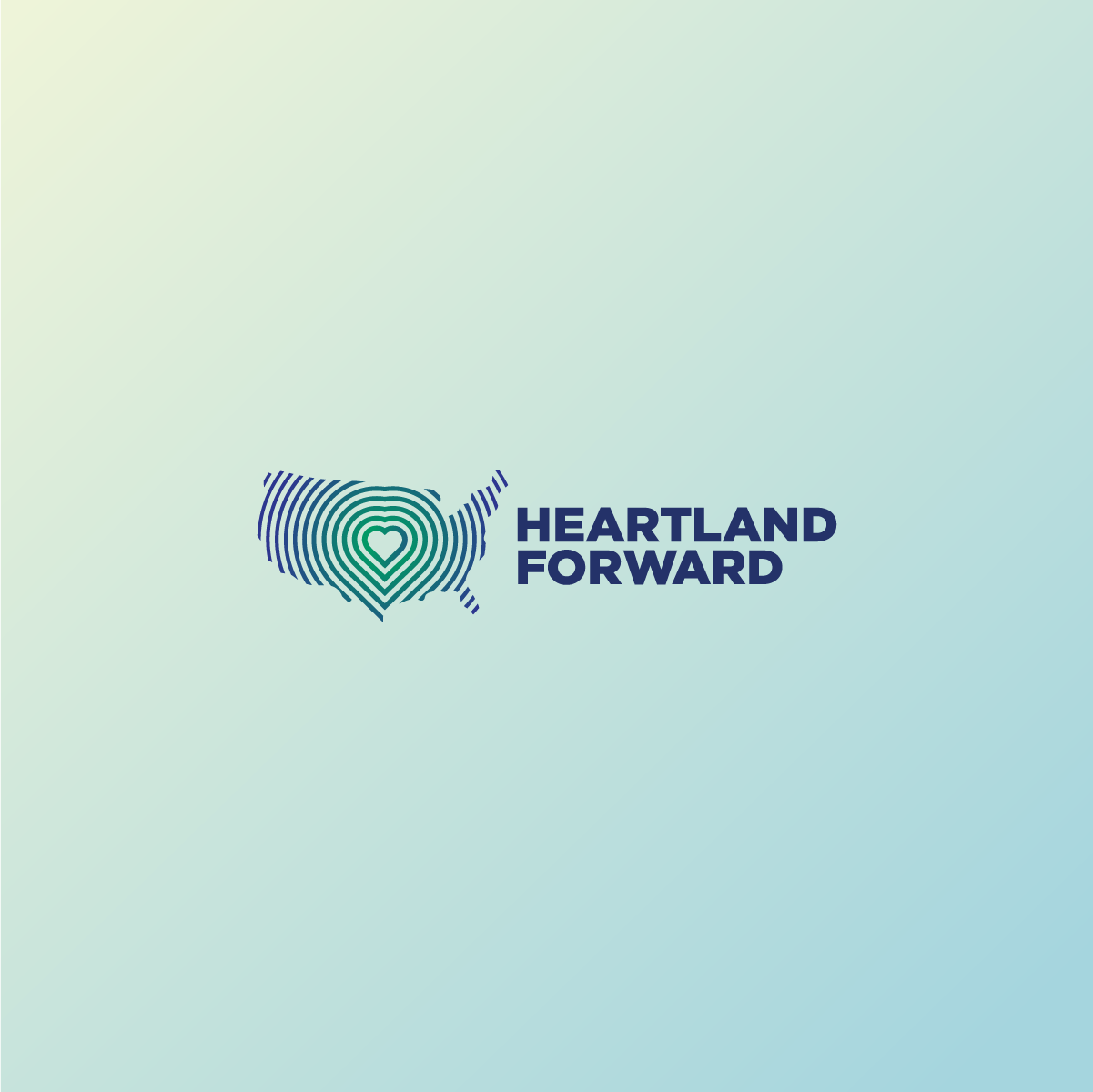
Findings were presented at the Arkansas Outdoor Economy Summit in conjunction with Arkansas Governor’s Conference on Tourism, showing how outdoor recreation fuels job creation and economic growth
Bentonville, Ark. – Outdoor recreation is a key driver of the Arkansas economy, contributing $7.3 billion to state GDP and supporting over 68,000 jobs, according to a new Heartland Forward report unveiled today at the Arkansas Outdoor Economy Summit in concert with the Arkansas Governor’s Conference on Tourism.
Nationally, outdoor recreation attracts millions of tourists each year, generating $1.2 trillion in economic output and supporting five million jobs. Arkansas’s rich natural landscape has made the state a top attraction for visitors, significantly contributing to the state’s $9.9 billion tourism industry.
“Arkansas is home to some of the country’s most stunning natural landmarks, making the state a rich place to live and creating a thriving outdoor recreation industry that is key to economic success,” said Ross DeVol, chairman and CEO of Heartland Forward. “To maintain this momentum, we need strategic investments in infrastructure, workforce development, and policy. Heartland Forward remains committed to supporting the growth of this thriving industry and expanding Arkansas’s economic leadership throughout the heartland.”
Key Findings:
- The outdoor recreation sector directly contributed $4.5 billion (2.5%) to Arkansas’s GDP, a 33% increase from 2019 to 2023.
- Outdoor recreation generated $926 million in federal, $729 million in state, and $240 million in local tax revenue.
- Arkansas ranks fourth in the nation for its share of GDP generated by outdoor product manufacturing, highlighting the state’s leadership across diverse outdoor recreation sectors and the broad range of job opportunities created.
- Outdoor amenity construction’s contribution to Arkansas GDP contribution grew 52.7% over the last four years, driven in part by the state’s major expansion of bike trails.
- In 2023, 31.3% of Arkansas’s outdoor recreation jobs were in the Northwest region and 27.2% in Central Arkansas, highlighting the role these two regions play in driving the state’s outdoor economy.
- The fishing sector grew by 36.8% in GDP contribution from 2019 to 2023, and the Arkansas boating industry ranks sixth nationally for its impact as a share of state GDP.
“The findings of this report highlight outdoor recreation’s growing influence on jobs and GDP, showcasing how it can drive innovation in product development, tourism and local economies,” said Jonas (Cass) Crews, research director for talent pipeline at Heartland Forward. “With continued investment, Arkansas can become a model for sustainable economic development and employment opportunities that capitalize on the natural beauty of the heartland.”
The Arkansas Outdoor Recreation Impact Report also introduces a first-of-its-kind dataset, using AI to analyze 90,000 companies and identify outdoor recreation-focused businesses across the state. This innovative approach offers valuable insights into regional employment patterns and economic growth.
“By leveraging key analyses in this report, we can make data-driven decisions that strengthen Arkansas’s outdoor economy, create new opportunities for businesses and communities, and ensure the industry continues to thrive for future generations,” said Katherine Andrews, director of the Arkansas Office of Outdoor Recreation.
Heartland Forward works to build thriving, resilient communities across the American heartland, recently releasing reports ranking the most dynamic metropolitans in the country and revealing the economic benefits of increasing STEM education in Arkansas.
The full report can be found here.
###
About Heartland Forward
Heartland Forward is a policy think-and-do tank dedicated to being a resource for states and local communities in the middle of the country. We do this by studying broad economic trends and building data-driven and community-tested partnerships, programs and policies to address the needs of the heartland – all while helping to change the narrative about the middle of the country and kick-starting economic growth.
